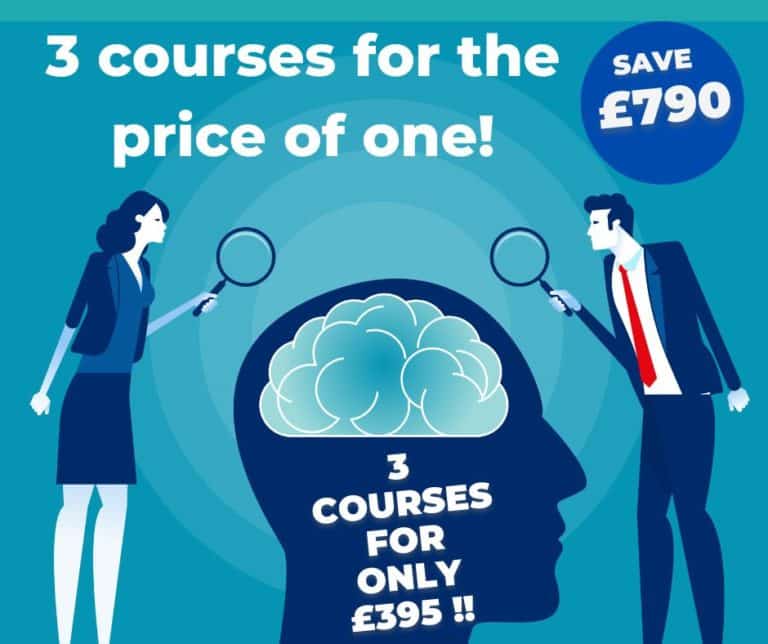Motivation in Psychology. Why is it important?
Motivation is central because it directs people towards accomplishing the things they want for themselves and their professional ambitions. In addition, it may well become a factor that considerably influences the level of effort and resistance people put into certain tasks and activities. When people are motivated, they will be more inclined to participate in positive behaviors such as preparing for an exam, exercising regularly, striving to meet deadlines or to achieve other’ goals. What’s more, not having a sufficient amount of motivation might trigger feelings of apathy, procrastination, and eventually low performances. Also, one should keep in mind that motivation is crucial in fields of education, business, and therapy, where it helps develop strategies which benefit individuals in reaching their goals and optimizing their well-being. In this article – Motivation in Psychology. Why is it important? – we will examine this fascinating field of motivation in Psychology.







